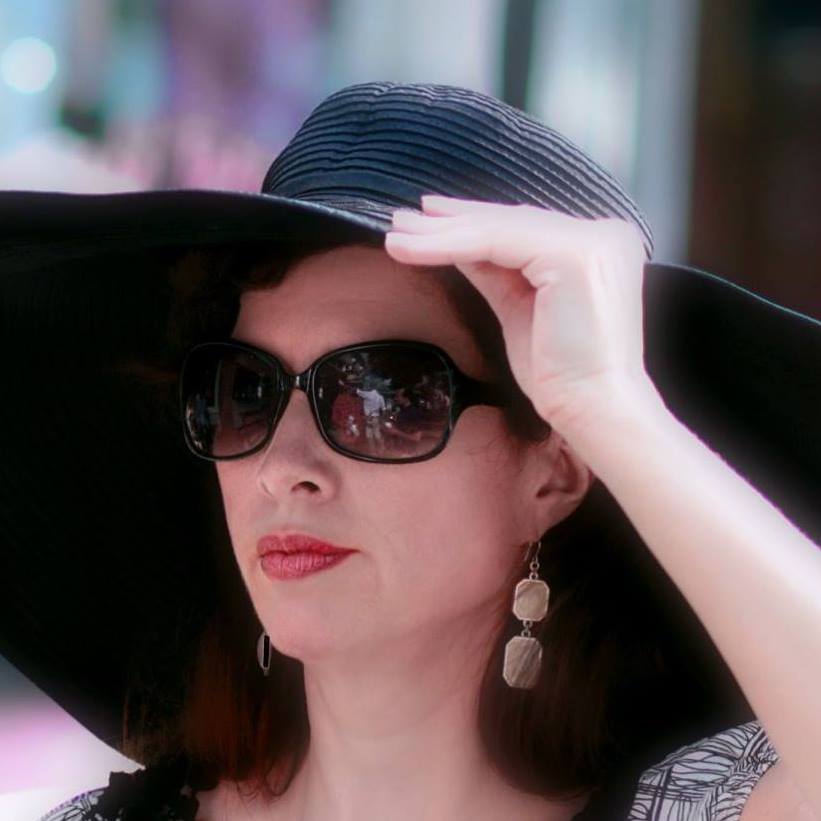A number of residents I’ve spoken with have expressed a frustration with the fact that Dallas’ traffic signals aren’t timed to one another. This results in stop and go traffic, a bad driving experience, and unnecessary air pollution.
The City’s Public Works and Transportation (PW&T) Department is participating in a program that will eventually analyze and upgrade the timing of 725 of the City’s 1,300 signalized intersections through the Thoroughfare Assessment Program. Many of the signals in District 14 will be synchronized in early 2006 (the Oak Lawn area) and late 2006 (Downtown and Greenville).
As part of the Federal Congestion Mitigation/Air Quality program, the City is partnering with the federal government, Dallas Area Rapid Transit (DART) and Texas Department of Transportation (TxDOT). The regional program, including other North Texas cities is administered by the North Central Texas Council of Governments (NCTCOG).
“The overall effect of the project is to improve air quality, helping the City comply with Texas Commission on Environmental Quality requirements,” said Dybala. “An added benefit of this will be a reduction of overall driver delays,” he added.
Following the upgrade, commuters should experience a reduction of travel time when driving through coordinated signal systems. Better signal synchronization usually results in fewer collisions since there will be smoother traffic flow and fewer stops. Environmentally, these improvements will result in less idling by vehicles, reduced air pollution, less gas consumption and cost savings.
The 725 intersections located throughout the City were selected on the basis of changing traffic/growth patterns, length of time since previous timing updates, and arterial streets that extend through a bordering city.
Phase I of the analysis and upgrade began with a pilot program a few years ago when NCTCOG hired a consultant to analyze signals in the North Dallas/Carrollton area resulting in about a dozen retimed Dallas signals.
Phase II consists of a 119 signal implementation and is expected to be completed in early 2006 including Coit Rd., Hampton Rd., Illinois Ave. and the Oak Lawn Area.
Phase III will include 147 signals and is scheduled to begin in the spring of 2006 including Ledbetter, Harry Hines, and the North Dallas area bounded by the Dallas North Tollway, US 75, IH 635 and NW Hwy.
Phase IV includes 459 signals and is scheduled to begin in the fall of 2006 including Camp Wisdom, Wheatland, Westmoreland, South Buckner, Central Business District, Industrial, Greenville Ave., Forest Ln. and the area north of IH 635.
